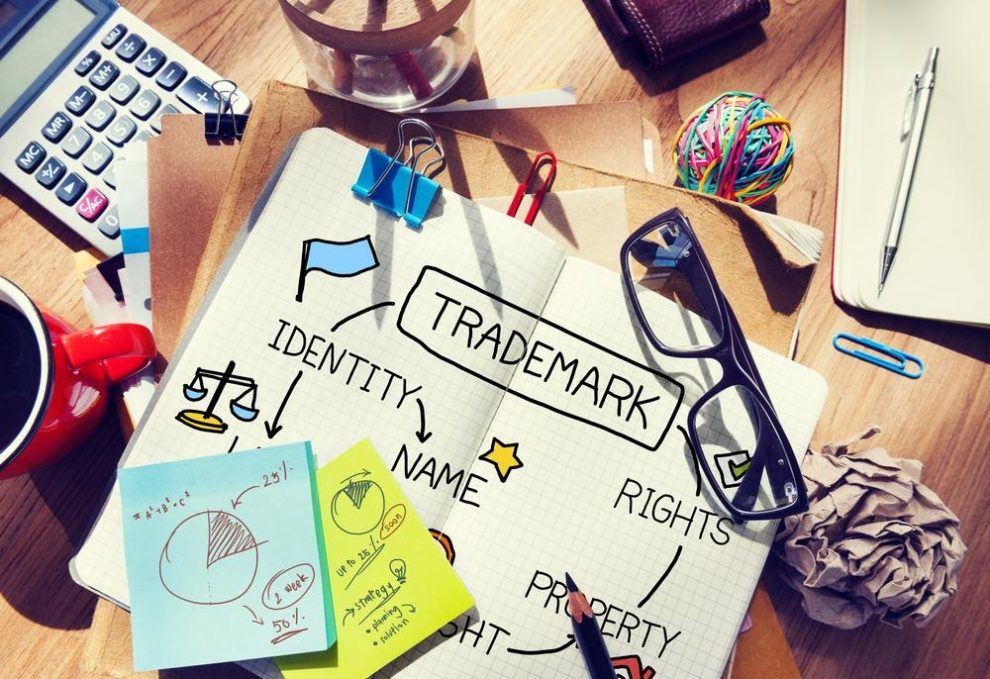Registering your trademark is only the first step in protecting your mark. There are ways you can protect your marks once it is registered. A trademark professional can help you in trademark law, but the following highlights areas where you can take proactive steps.
Let’s look at some of the facts you may not be aware of that make a registered mark vulnerable and strategies that will help you protect your trademark.
Fact 1: A trademark can expire
Australian trademark law stipulates that a trademark is registered for ten years, from the date of filing. When it’s due it is simple to renew it. You pay for renewal fees every decade. However, the renewal needs to be done before the expiry date. If you miss the deadline, your mark will go into expiry status and you then have six months to restore it. You will be liable to pay late fees.
You can hire a trademark attorney to remind you when your trademark is up for renewal. It’s a good idea because if you miss the window for renewal, you could lose your rights and have to reapply. If competitors want to register similar trademarks, their applications will be prioritised over yours because you are essentially filing after them.
Protection tip: Sign up with a trademark professional to keep an eye on the dates when your registrations need to be renewed. This can be particularly beneficial if you have many marks registered.
Fact 2: You can make your trademark ownership known
When you register a trademark, you automatically have the right to use the ® symbol beside your mark whenever you use it. Doing so sends a strong message to your competitors that you are in a defensible position to protect your mark against infringement. It will deter them from attempting to register a similar mark, or using your mark illegally.
Protection tip: Use the symbol next to your mark in all forms of marketing and communication where the trademark is used for the goods/services covered by the registration
Fact 3: You can protect your mark in multiple countries
Your registered mark only grants you rights to protect it within a specific region. This means that if you have an online business, you need to register your mark in individual countries if you use your trademark to sell goods/services in other countries and want to have trademark protection in those territories too. If you don’t do so, you also make yourself vulnerable to legal action being taken against your brand if a company overseas has a similar mark to your own. They may sue you for infringement in their own country.
Protection tip: Make yourself aware of the Madrid Protocol filing system provided by the World Intellectual Property Organisation (WIPO). Australia is a member. Or seek advice from a professional trademark attorney to learn how to minimise your risk of infringement and how you can apply for international registration.
Fact 4: New competitors need to be watched
It’s wise to monitor the old and the new trademarks circulating within your market. You can check the database kept by IP Australia for trademark applications being lodged. Many trademark professionals also offer monitoring services that will do this on your behalf. Why is this important? A trademark application in Australia has a two-month window in which objections can be lodged against it once it’s approved. Miss the opportunity to engage with IP Australia, and you’ll have to invest in time and money to take your complaint to the courts.
Protection tip: Set up alerts on Google for names that are the same as your brand or similar to them to help you pick up on companies attempting to use your marks.
Fact 5: A successful mark is at risk of becoming generic
When a mark becomes generic, we mean that consumers associate the name with the product and refer to it this way. If your mark is transformed into a generic term for specific products or services, it ceases to be a trademark.
Protection tip: Take steps to ensure your trademark doesn’t become confused with the description of your goods and services. A trademark professional will offer advice on how to prevent your trademark from a generic use.
Fact 6: Use it or lose it
Australian trademark law (and indeed most countries have similar provisions) states that a trademark can be removed from the register if it is left unused for a term of three years. Once removed, you no longer have the right to that mark. Another can apply for your mark to be removed if they can prove your mark has been unused for three years, you have not used it, or have no further intention to use the mark.
Protection tip: You have the right to oppose this application, but it’s wise to get advice on preventing this from happening.
What happens when you become aware of a possible infringement? Seek legal advice from a trademark professional to assess the alleged violation and advise you on addressing the situation.










